Kurt Konrath
Kurt Konrath
I see the good old standard #11 surgical blade again and again!
I have my stock of 100 new blades ready for the kit and work.
I have my stock of 100 new blades ready for the kit and work.
 |
As a way to introduce our brass coins to the community, we will raffle off a free coin during the month of August. Follow link ABOVE for instructions for entering. |
 |

You can simply re-sharpen the #11 blades with a grindstone. Depending on the use, the life span is extended by 5 to 10 times.I have my stock of 100 new blades ready for the kit and work.
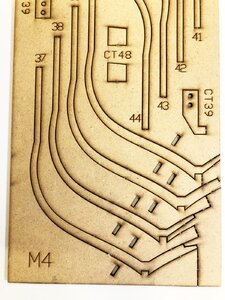
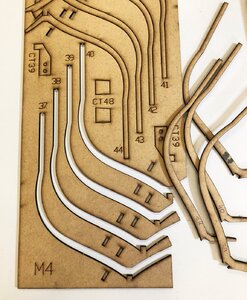
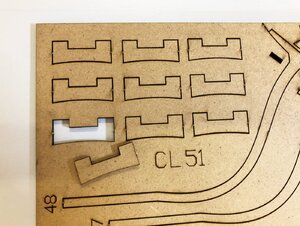
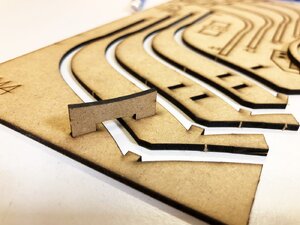
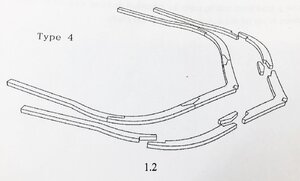
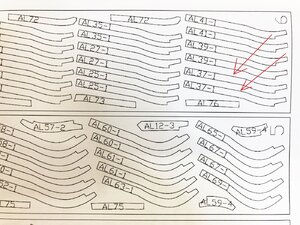
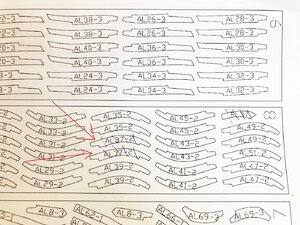
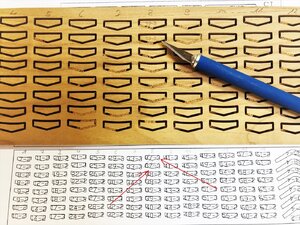
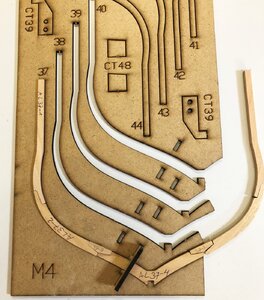
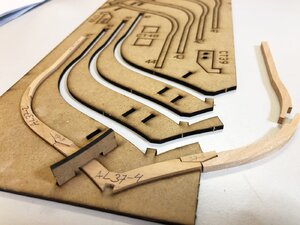
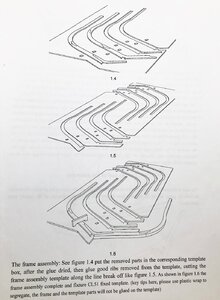
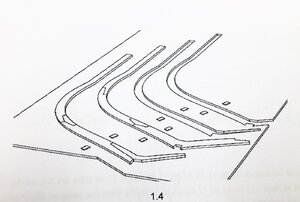
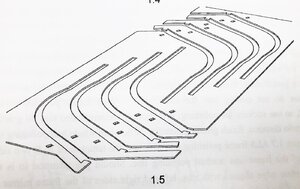
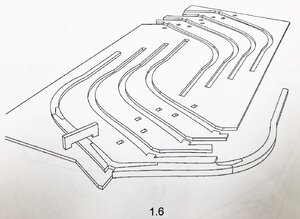


Yes , I will do for the first frame I will glue - a very good photos showing the thin folio (which was also mentioned in your manual), so that the frame is not glued together with the jig.It is recommended to use fresh film for isolation
It is only because I am the first (and only) one here in SOS having the kit in hand, so I want also to show some of the highlights of the kit before I really start with the work - It is also later on maybe helpful for everybody following me in this group build.......On another hand, you set such a high bar with your detailed build log (as always), it will be hard to match for the rest of us!
Hallo Don,NO PINS, NO PINS, NO PINS, BRAVO, SHOW MORE HOW THEY WORK TO ME I THINK THE MOST IMPORTANT PART OF THE KIT BETTER NOT GET THIS WRONG IN ANY WAY, BTW WHAT DOES THE 1.2 ETC INDICATE. GOD BLESS STAY SAFE YOU AND YOURS DON

Smelly, your avatar photo and the smiley icon look just alike!

